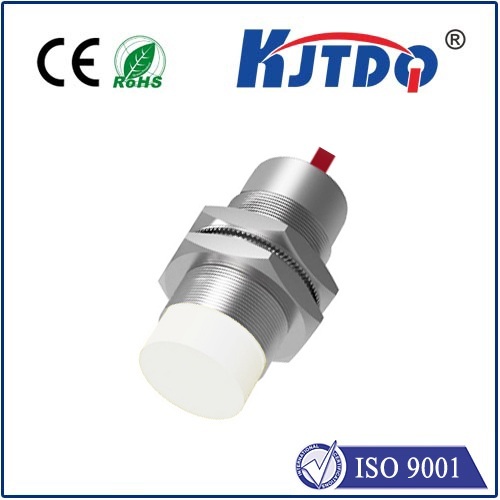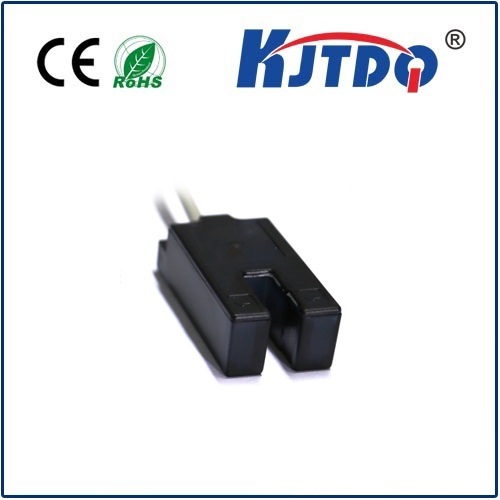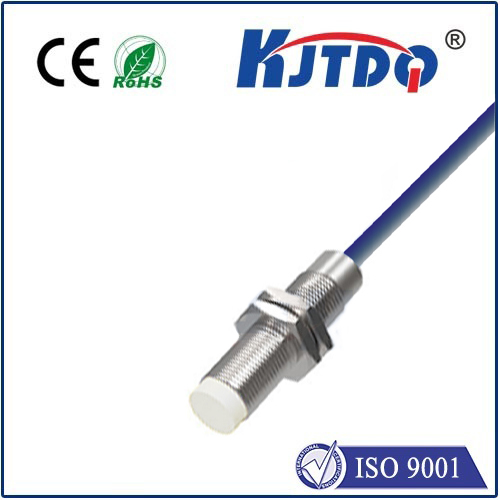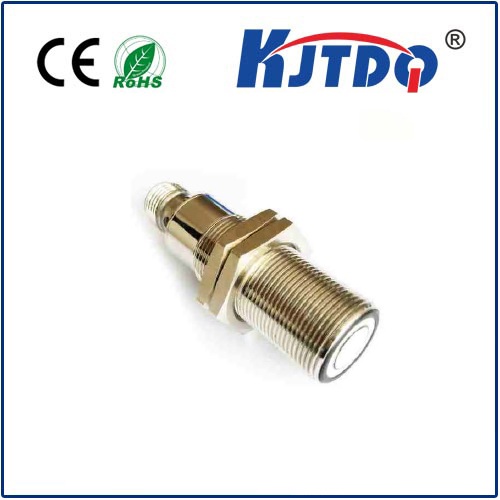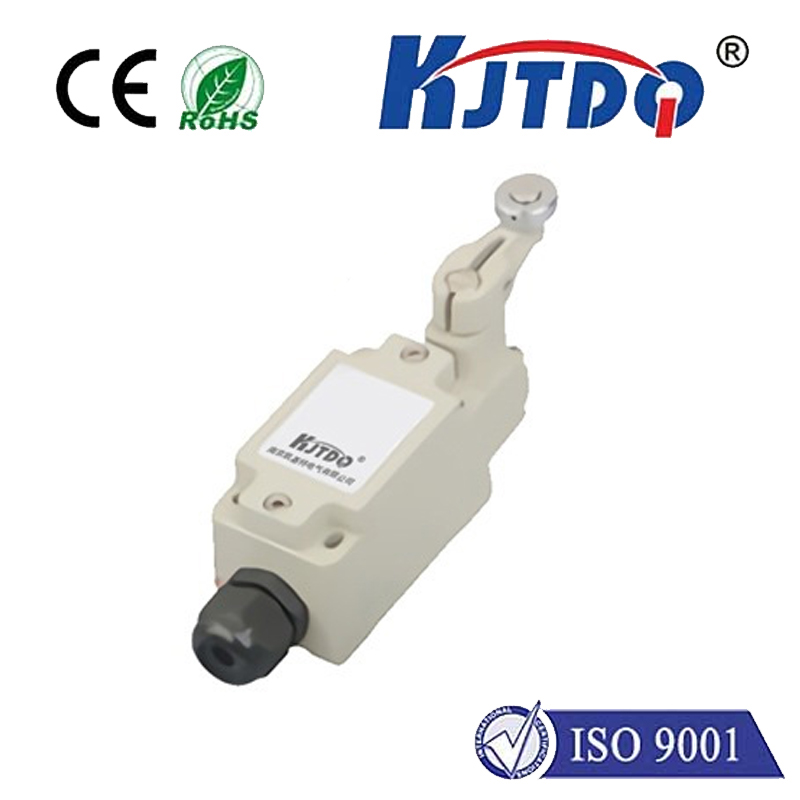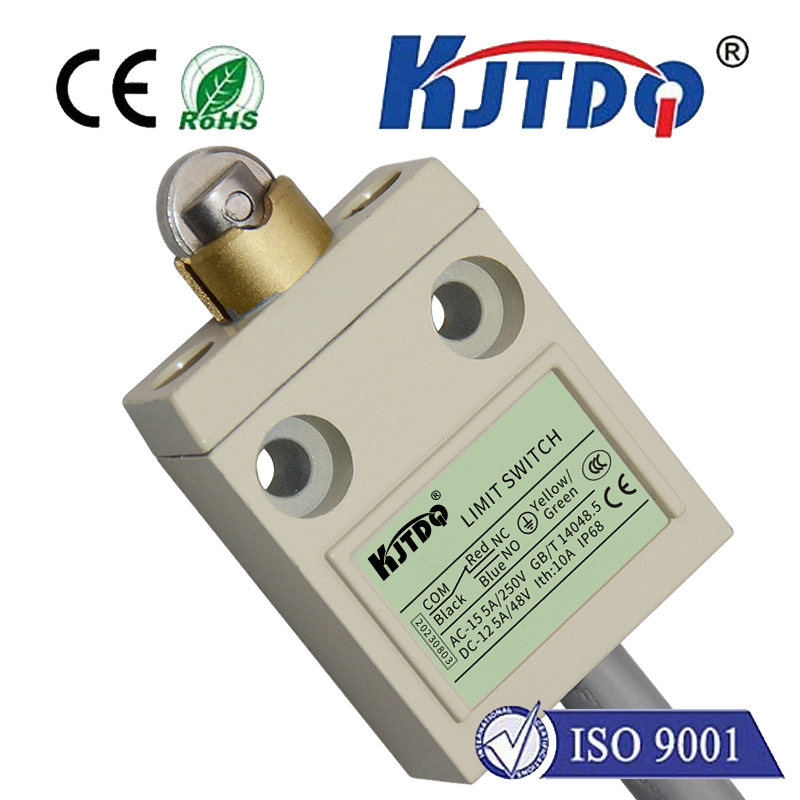

check

check

check

check
Advancements in High-Purity Metal Alloy Processing: A Focus on RO20M-Q18-VP6X2-H1141-0.15
The development of high-purity metal alloys is a critical area in modern industrial manufacturing, with applications spanning aerospace, automotive, and electronics industries. Among the many alloys engineered for precision and durability, the RO20M-Q18-VP6X2-H1141-0.15 stands out as a remarkable example of innovation in material science. This alloy, designed for high-performance applications, embodies the latest advancements in alloy processing, offering exceptional strength, corrosion resistance, and thermal stability. In this article, we explore the properties, manufacturing process, and applications of the RO20M-Q18-VP6X2-H1141-0.15 alloy, highlighting its significance in modern engineering.
The RO20M-Q18-VP6X2-H1141-0.15 alloy is a high-purity nickel-based alloy, known for its excellent mechanical properties and adaptability to extreme environments. Its composition includes a base of nickel, with additions of molybdenum, vanadium, and other trace elements that enhance its strength and corrosion resistance. This alloy is particularly suited for applications where high durability and performance are required, such as in turbine blades, heat exchangers, and precision instruments. The “0.15” in its designation refers to the nominal thickness or diameter of the material, which is a standard measurement in alloy manufacturing.

The development of the RO20M-Q18-VP6X2-H1141-0.15 alloy is rooted in the principles of material science and advanced processing techniques. One of the key factors in its success is the use of precision melting and refining processes. These techniques ensure that the alloy achieves a consistent composition and minimal impurities, which is crucial for maintaining its performance characteristics. Additionally, the alloy is often produced using specialized equipment, such as vacuum melting furnaces and high-purity gas atmospheres, to eliminate any potential contaminants that could affect its properties.
One of the most significant advantages of the RO20M-Q18-VP6X2-H1141-0.15 alloy is its exceptional thermal stability. This makes it suitable for use in high-temperature environments, such as in gas turbines or industrial furnaces. The alloy’s ability to maintain its structural integrity under extreme heat is a result of its carefully balanced composition and advanced manufacturing techniques. This property is especially important in applications where the material is subjected to continuous thermal cycling or high temperatures, ensuring longevity and reliability.
Moreover, the alloy’s corrosion resistance is another key factor contributing to its widespread use. The addition of molybdenum and vanadium enhances its resistance to oxidation and other environmental factors, making it ideal for use in harsh chemical environments. This makes the RO20M-Q18-VP6X2-H1141-0.15 alloy a preferred choice for applications in chemical processing, power generation, and aerospace engineering.
In addition to its material properties, the RO20M-Q18-VP6X2-H1141-0.15 alloy is also known for its excellent machinability. This allows for efficient production in various manufacturing processes, including milling, forging, and casting. The alloy’s relatively low hardness and high ductility make it easy to machine, reducing production costs and increasing efficiency in manufacturing.
As the demand for high-performance materials continues to grow, the RO20M-Q18-VP6X2-H1141-0.15 alloy remains at the forefront of innovation in material science. Its combination of high strength, corrosion resistance, and thermal stability makes it an ideal candidate for use in a wide range of industrial applications. Whether it is used in the aerospace industry for turbine blades, in the chemical industry for heat exchangers, or in the automotive industry for precision components, this alloy continues to deliver exceptional performance and reliability.
The RO20M-Q18-VP6X2-H1141-0.15 alloy is a testament to the advancements in material science and the importance of precise manufacturing in achieving optimal performance. Its unique properties and versatile applications make it a valuable asset in modern engineering. As technology continues to evolve, the potential for further improvements in this alloy remains promising, ensuring its continued relevance in the industrial landscape.
